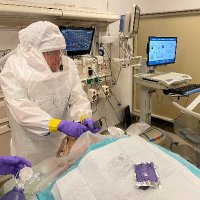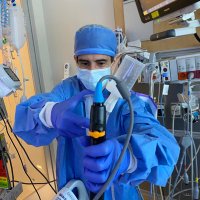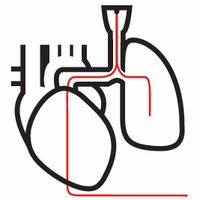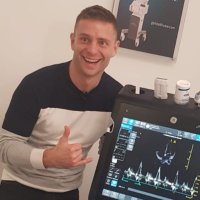
Oren Friedman
@orenfriedman
Resuscitationist. Pulm-crit doc that's into Echo, PE, cardiac arrest, and ECMO. I love teaching critical care and forever learning critical care
ID: 2607247127
13-06-2014 21:45:10
3,3K Tweet
1,1K Followers
441 Following




How do you identify normotensive shock in PE? We show that IVC contrast reflux is a very specific way. sciencedirect.com/science/articl… The PERT Consortium® Thrombosis Research




CVP shouldn’t be thought of as an indicator of fluid responsiveness but rather it’s indicating the operating point of cardiac performance (contractility & afterload, ie FS curve) & venous return (intravascular stressed volume & vascular compliance, ie VR curve) Jon-Emile Kenny







When looking at RV strain in PE, look at: - VTI is a sensitive indicator of death - RV-PA coupling can be a sensitive predictor of impending shock - TAPSE/PASP can help predict overall outcomes and cardiac output Connor O'Brien Houston Shock Symposium CardioNerds














